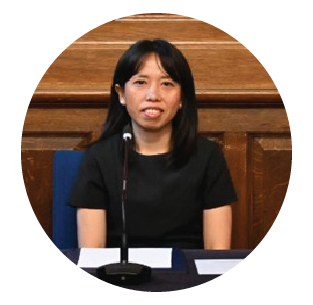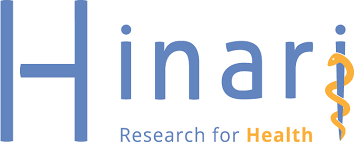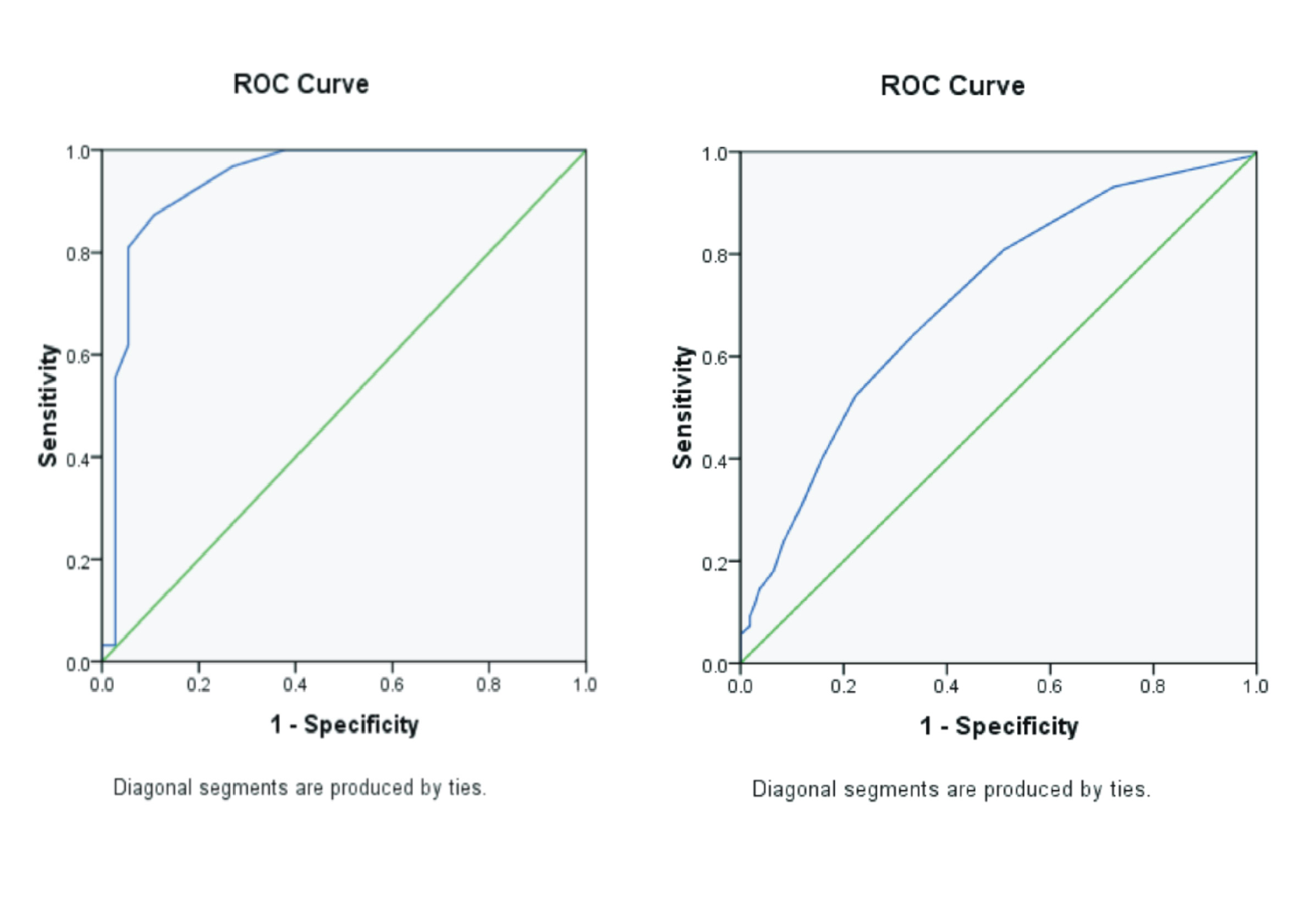INCREASING FITNESS WITH ACUPUNCTURE AND HERBS

Downloads
Background: Fitness is the state of the body does not experience significant fatigue after doingroutine activities. While in Traditional Chinese Medicine (TCM), fitness is defined as the goodcirculation of Qi-energy and Xue-blood that can cause the function of the organs of Zhang Fu torun well. Physical predisposition is influenced by various factors and assessed in various ways, oneof which is by measuring VO2 max calculated by doing cooper test that is running for 12 minuteson the track 400 meters. A person's VO2 max level indicates the level of physical fitness. Based onthe examination that has been done, the patient is exposed to excessive heat pathogens in theStomach, there are humid pathogens in the body, and Qi and Xue are not sufficient. Purpose: Tofind out the effect of acupuncture therapy and herbal administration in complementary traditionalmedicine on improving fitness. Method: To improve fitness is done acupuncture therapy andherbal therapy. Acupuncture therapy is performed at the Zusanli point (ST 36) and Sanyinjiao point (SP 6). Herbal therapy given during treatment is infusion of leaves Gotu Kola (Centellaasiatica (L). Urb) and Liquorice (Glycyrrhiza glabra L.). To improve fitness, acupuncture therapywas performed 12 times in 4 stages of therapy. For herbal therapy infusa leaves Gotu Kola fresh asmuch as 2.5 grams and 2 grams of Liquorice, taken daily 3 times a day. Results: Acupuncture andherbal therapy that has been done for 26 days showed good results. This is evidenced by the resultsof copper test VO2 max increased 44.3% and no more complaints felt by patient. Conclusion: Acupuncture therapy at the point of Zusanli (ST36), Sanyinjiao (SP6) accompanied by gotu kolaherbs (Centella asiatica (L.) Urb) and liquorice (Glycyrrhiza glabra L.) can improve fitness.
Afriwardi. 2010. Ilmu Kedokteran Olahraga. EGC: Penerbit Buku Kedokteran. Jakarta
Badan Litbang Kesehatan. 2012. Vademekum Tanaman Obat untuk Saintifikasi Jamu Jilid 1. Ed. Revisi. Kementerian
Kesehatan Republik Indonesia. Jakarta
Dahono. 2010. Manfaat Pegagan. Loka Pengkajian Teknologi Pertanian (LPTP) Kepulauan Riau. Riau
Ganda, M. 2010. Akupunktur Medik. RSUD Cengkareng. Jakarta. Hal: 3
Lembaga Ilmu Pengetahuan Indonesia. 2014. Akar Manis. http://w w w.informatik a.lipi.go.id/dikti.herbal/
sehatdenganherba/index.php/component/tanaman/view?cid%5B0%5D=4. Diakses tanggal 1 Maret 2019
Panossian, A., and Hildebert, W. 2011. Adaptogens: A Review of their History, Biological Activity, and Clinical Benefits. Herbalgram
Prastiwi, R., Tjahyadi, R., dan Chusun. 2015. Uji Efek Tonik Ekstrak Etanol Herba Pegagan (Centella Asiatica (L). Urb) pada Mencit Jantan Balb/C. Jurnal Fitofarmaka. Vol 5(1). Pp 19-23
Septriana, M. 2011. Efek Elektroakupunktur pada Titik Zusanli (ST 36) dan Kombinasi Zusanli (ST 36)–Sanyinjiao (SP 6) terhadap Kemampuan Maksimal Lama Berenang Tikus Putih (Rattus norvegicus). [Tesis]. Program Pascasarjana
Universitas Airlangga, Surabaya.
Supriasa, I., D., N. 2002. Penilaian Status Gizi. Jakarta: Penerbit Kedokteran EGC. Thorne. 2005. Glycyrrhiza glabra.
Alternative Medicine Review, Vol. 10 (3). Pp 230-237.
Tandya, L. 2014. Efek Akupunktur Terhadap Penurunan Kadar Laktat Darah Setelah Latihan Pada Atlet Bola Basket Elite. [Tesis].Jurusan Kedokteran. Jakarta : Universitas Indonesia.
Copyright (c) 2020 Journal of Vocational Health Studies

This work is licensed under a Creative Commons Attribution-NonCommercial-ShareAlike 4.0 International License.
- The authors agree to transfer the transfer copyright of the article to the Journal of Vocational Health Studies (JVHS) effective if and when the paper is accepted for publication.
- Legal formal aspect of journal publication accessibility refers to Creative Commons Attribution-NonCommercial-ShareAlike (CC BY-NC-SA), implies that publication can be used for non-commercial purposes in its original form.
- Every publications (printed/electronic) are open access for educational purposes, research, and library. Other that the aims mentioned above, editorial board is not responsible for copyright violation.
Journal of Vocational Health Studies is licensed under a Creative Commons Attribution-NonCommercial-ShareAlike 4.0 International License














































